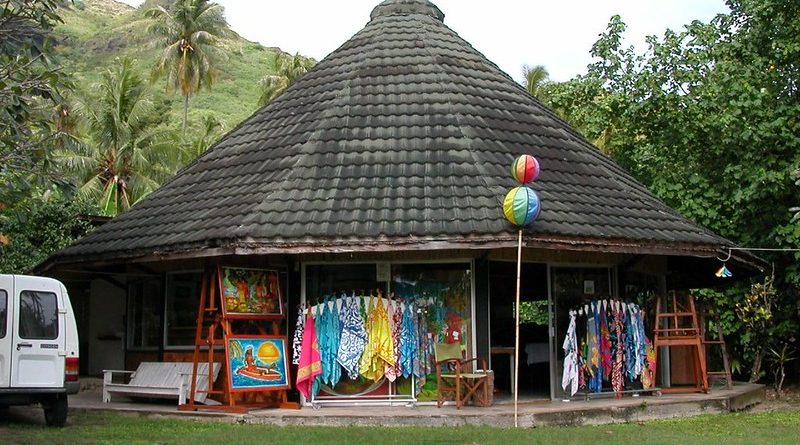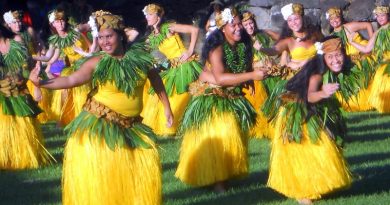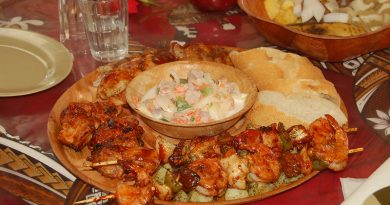Shopping in Tahiti: Pareu
Pareu’s are beautiful simple dresses worn by Tahiti’s tribes men and women. Their colourful dyes often depict the beauty of the islands, lush foliage and rainbows of vibrant colours. The dyes are saturated into the fabric of the warmth of the tropical sun to make each pareu unique in design. They are now popular beach wear in Asia and across the rest of the world for their “throw on” simplicity of design and endless variations of wearing.
A pareu is versatile and can be worn as a wrap, skirt, top, dress or whatever else you can create from it! It can be as sensible or as sensous as you dare. It is most commonly worn around the waist for men and this style is known as “maro” or extending to the knee for women in the style known as “pareu”.
It was originally made from imprinting flowers and leaves with the aid of an anvil on to the coarse cloth. The pareu became a major pre-occupation to the women of Tahiti and soon the simple loin cloth was replaced by more elegant pareus of intricate decoration. Less lengthy than the Indian Sari, the pareu is around 2 yards long and a similar design is also used for household decorations like curtains, table clothes or bed covers.
The Pareu is of Polynesia origin and originally came from a Maohis tradition. They are traditional made of Tapa, lightweight plant material.
Other souvenirs to be had in Tahiti are black pearls, a “pate” musical percussion instrument, or a Tivaevae, floral bedspread. Many souvenirs are made from wood or shells, particularly tapa which is the bark of the wild hibiscus, used to make clothing and decorative flowers.
NOTE TO SHOPPERS:
The pacific islands are not in line with the haggling culture. Many goods are imported, so don’t argue with the merchant!
MORE INFORMATION
The Hula Source
Beautiful handmade Pareu’s from local Tahitian artists Jeanne Moua in cool and warm colours. Starting at only $20, they’re a great buy.
The History of the Pareu
The translation from the french is a little literal, but here you can see elegant photos and a potted history of the Pareu.




